- 509-593-1998
- Fax: 833-973-1446
- Coming Soon
- Coming Soon
- Patient Portal
Cervical Disc Replacement
- Home
- Cervical Disc Replacement
Cervical Disc Replacement
Cervical fusion has been the most common treatment of neck disease for a long time. Fusion involves turning two bones into one and stopping motion. This is useful for deformity and fractures where stability is needed but less useful for common problems like a herniated disc, neck arthritis, or disc degeneration where a patient would benefit from motion preservation over fused bones. Cervical disc replacement in my practice has become the most common neck operation for patients at Modern Spine.
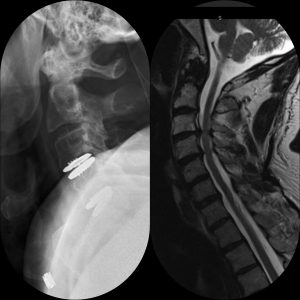
Motion Preservation. Nerve Restoration.
Cervical disc replacement is a Modern Spine treatment that allows continued range of motion instead of fusion.
Advantages
There are numerous advantages to disc replacement over fusion but most routine disease can be treated with a cervical disc. These advantages include:
- Outpatient surgery for most patients
- Less recovery time with less required follow-up
- Statistically less neck and arm symptoms than fusion patients
- Lower risk of re-operation at the same level
- Lower risk of reoperation at any other level in the neck
- Disc replacements last a very long time in most cases with very little chance of revision
- Range of motion instead of stiffness
Challenges
Disc replacement can’t be performed in every situation but as new implant options become available, this may change. Some of the limitations at present are:
- Insurance limitations exist on more than 2 levels of disc replacement
- Certain types of arthritis don't respond well to disc replacement
- Instability or looseness of the spine from arthritis or fracture limit the use of disc replacement
- Infection, tumor, or major deformity limits the use of disc replacement

The Modern Spine Difference
I saw another surgeon and was offered a fusion. Can I have a disc replacement instead?
Great question. In most cases, the answer is yes. Consultation with Modern Spine will allow us to see if a more modern treatment is an option for you.
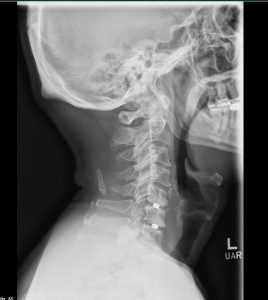
Disc Replacement Procedure
The surgery is performed by a small 1 inch incision made in the front of the neck. The approach works around the important structures in the neck and arrives at the front of the spine. The disease disc is removed and bone spurs and nerve compression is alleviated using a microscope for removal. An artificial disc is inserted carefully placing it near the midline and at the proper depth. The surgery is usually outpatient and takes less than an hour for a one level operation. Restrictions are in place while the tissues heal and the disc attaches to the surrounding bone. Most major insurances cover this operation except Medicare which restricts access to this technology.
Disc Replacement Options
There are many disc replacements on the U.S. market available to patients. Each has their own characteristics, advantages, and disadvantages. Selection requires expertise and customization to the problem at hand. This level of expertise takes time and practice — something we definitely have at Modern Spine.
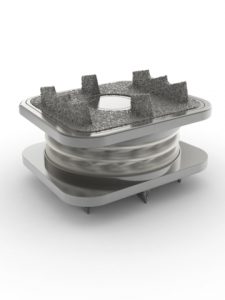
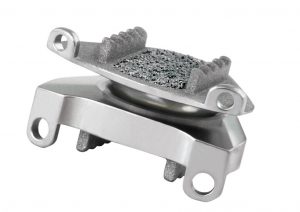
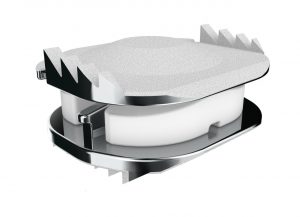
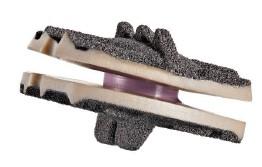
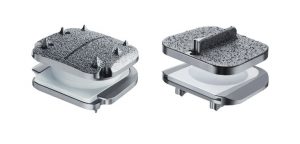
Care After Surgery and Recovery
Most patients go home the same day and need to follow restrictions for 4-6 weeks after surgery. Generally, some help is needed but usually not for very long. You will notice some swallowing difficulty and swelling but that recovers fairly quickly for most patients. Ideally, you can use NSAIDS like ibuprofen instead of opiates like morphine for pain management. These help prevent bone growth that can lead to fusion and also help with pain in a non-habit forming way. By three months, most patients have completed all follow-up and can resume most activities.
Next Steps
If you are just getting started in the process or you need a second opinion, ask for a referral from your primary doctor, chiropracter, rehab doctor, or pain physician or just reach out to Modern Spine using the Consult Today button or Contact Us. We take self referrals and second opinions.

